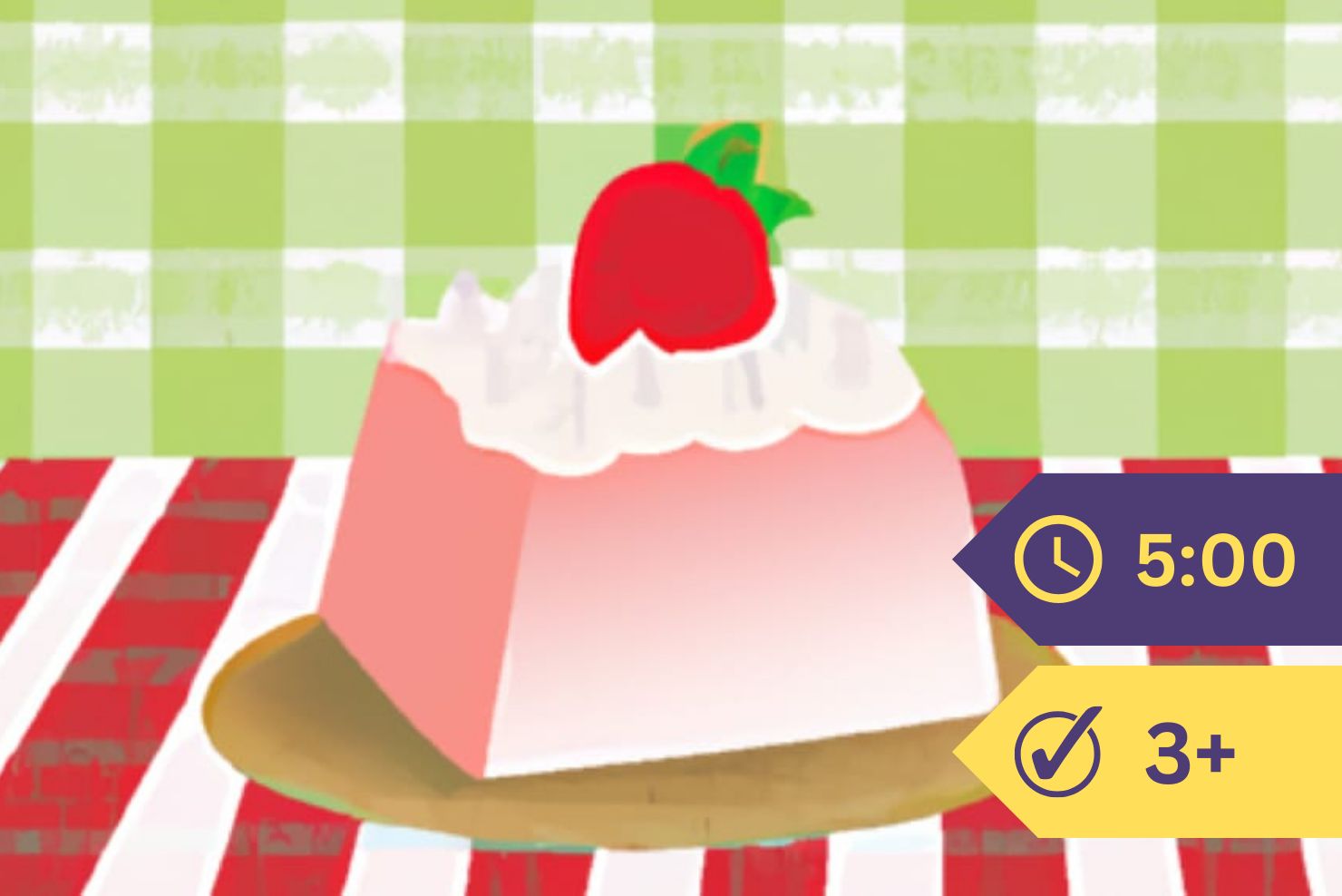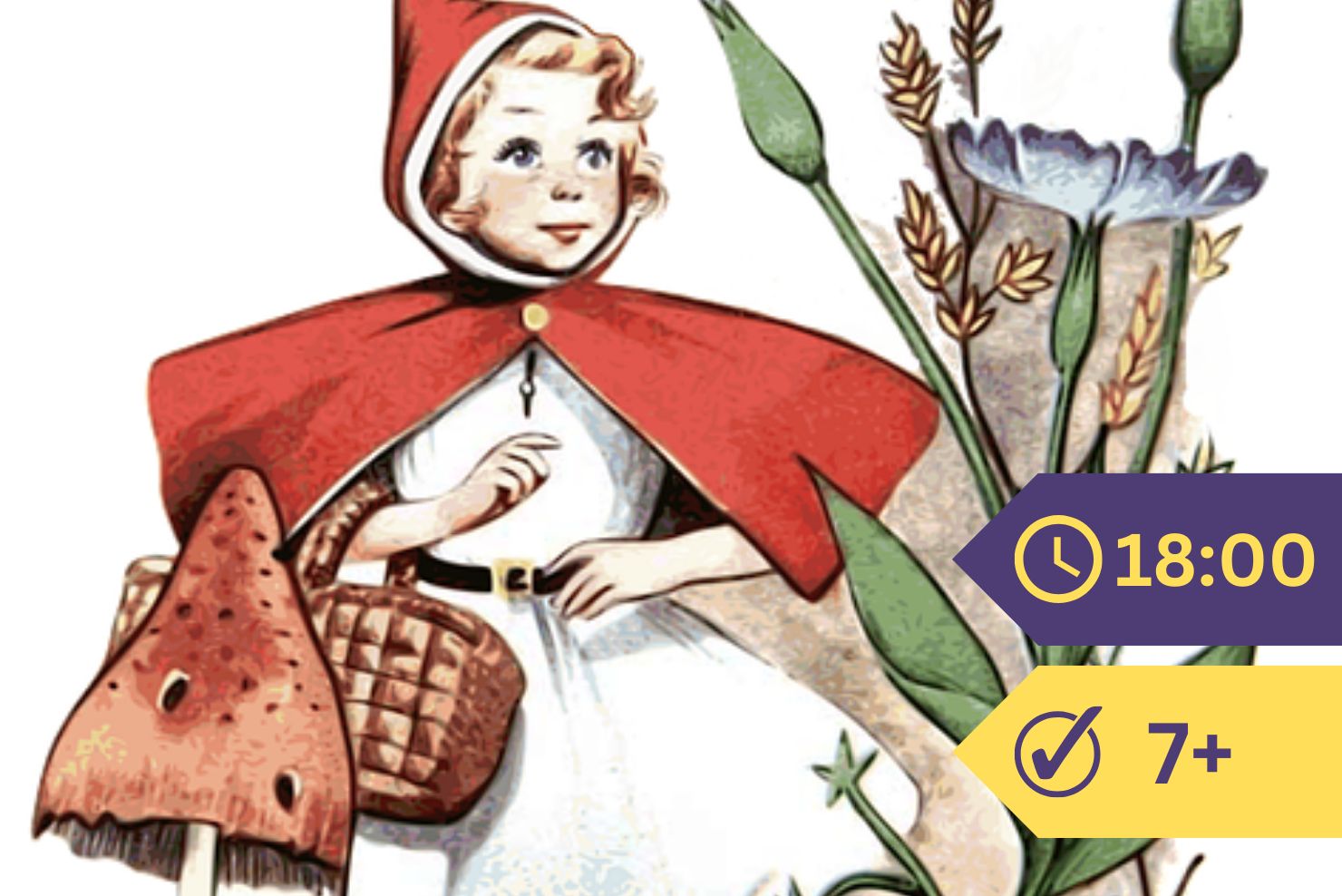Some time ago you learned that from the stem of a plant you could guess the number of seed leaves which it brought into the world, and that in the same way from the seed leaves you could guess what kind of a stem it would build up.
From the way in which a leaf is veined you can guess both of these things. You can guess what sort of a stem belongs to the plant, and with how many seed leaves it began life.

When the little veins run in and out, forming a sort of network, we say that the leaf is “net-veined.”
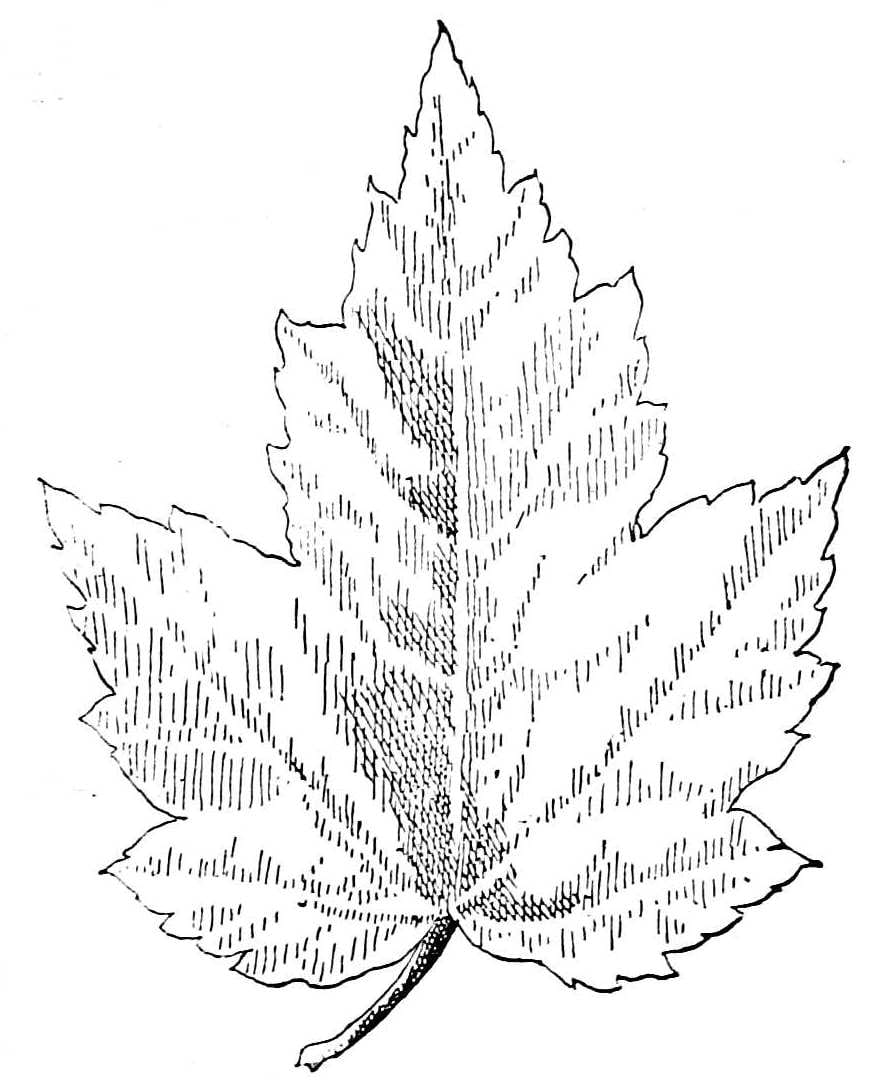
These leaves of the quince, the maple, and the basswood are all net-veined.
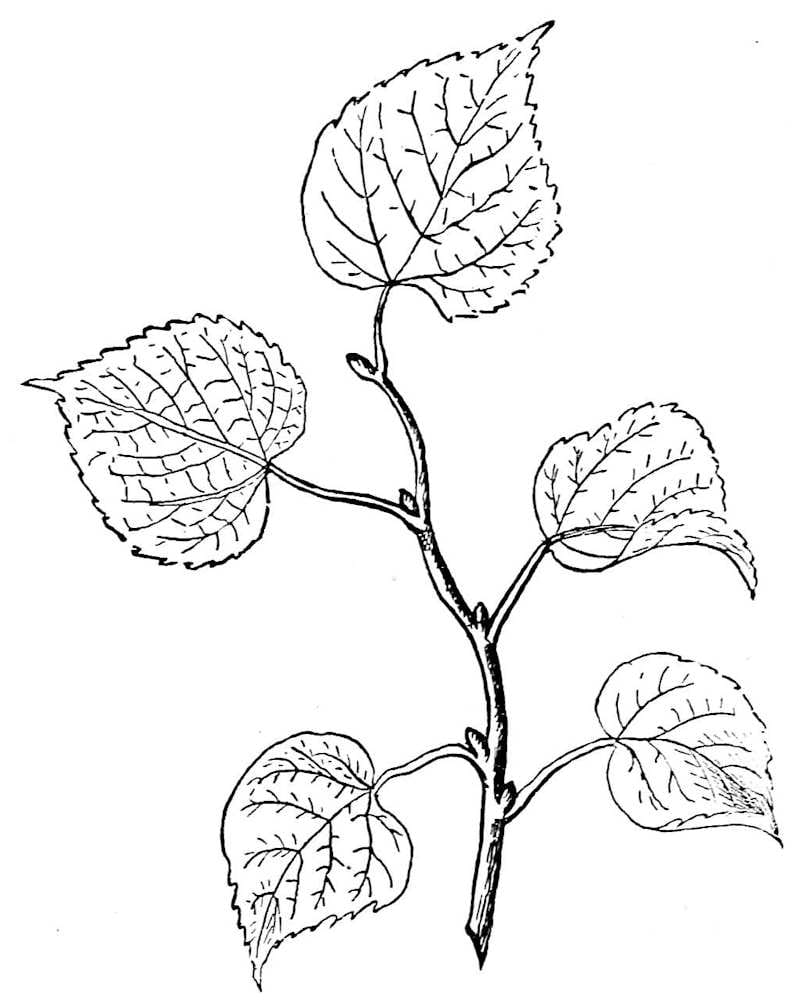
Net-veined leaves are borne by plants which brought into the world more than one seed leaf; and with the net-veined leaf we can expect to find that stem which comes with more than one seed leaf,—a stem where the skin or bark, the woody rings, and the soft central pith, are clearly separated one from another.

But a leaf such as that in the picture above or that in the picture below, where the veins do not branch off in a network, but run in unbroken lines side by side,—such leaves as these tell you that they are borne by plants which started life with only one seed leaf, and which have such a stem as the cornstalk, where you see no woody rings or central pith.
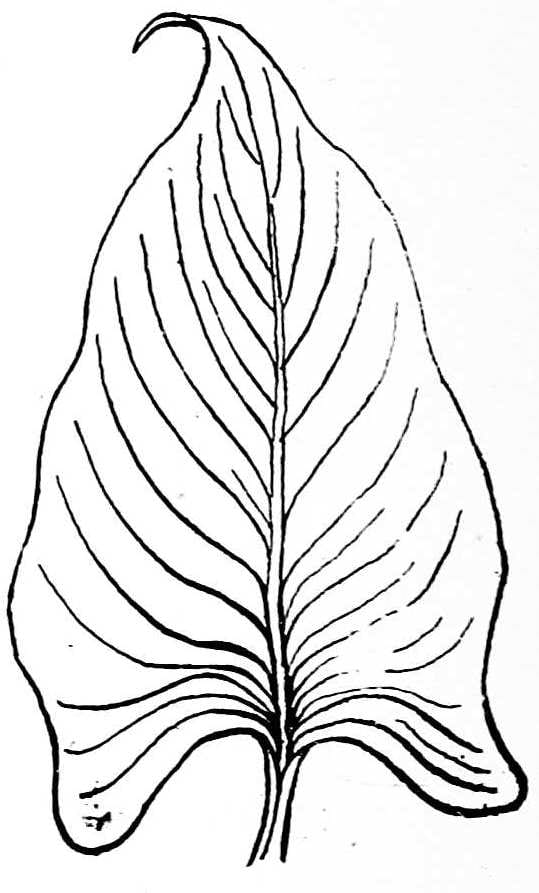
These leaves are called “parallel-veined.”
I fear that you find all this a little difficult to understand and to remember; but if you read it patiently, when you study the botany for older children, I think it will come back to you and make your lessons easier.



